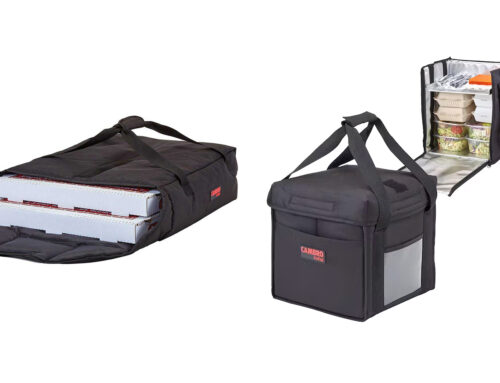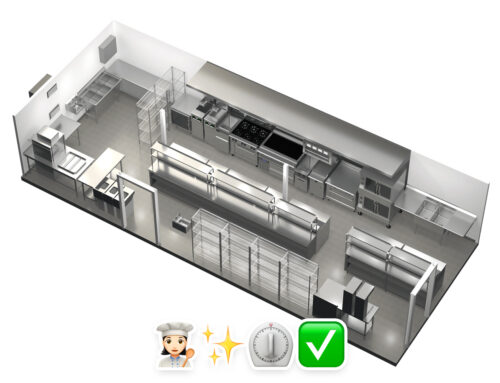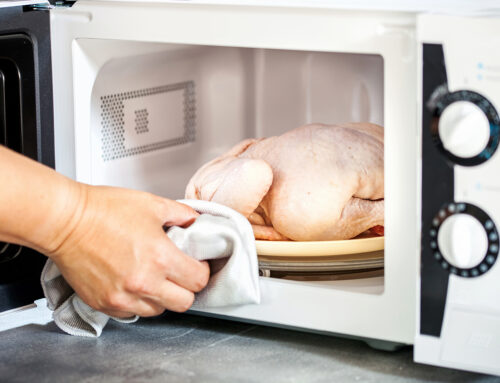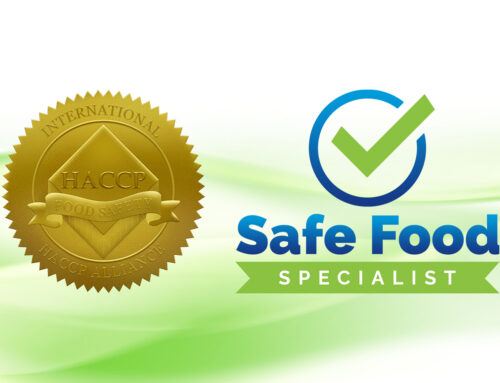5 Types of Thermometers
I’m Linda Petterson, a Certified Food Safety Instructor/Proctor with ServSafe of the National Restaurant Association and with Always Food Safe. It is essential to use a food thermometer when cooking meat poultry, and egg products. To prevent undercooking and foodborne illness, verify that food has reached a safety minimum internal temperature. Here are the 5 types of food thermometers available for kitchen use:
1: Bimetallic-coil- Bimetallic-coil thermometers contain a coil in the probe made of two different metals that are bonded together. The coil, which is connected to the temperature indicator, expands when heated. The resulting temperature is an average of the temperatures along the sensing area.
2: Thermocouple- Thermocouple thermometers reach and display the final temperature the fastest. The temperature is indicated on a digital display.
3: Thermistor-style- Thermistor-style thermometers use a resistor (a ceramic semiconductor bonded in the tip with temperature-sensitive epoxy) to measure temperature. The thickness of the probe is approximately 1/8 of an inch and takes roughly 10 seconds to register the temperature on a digital display.
4: Maximum Registering- Maximum Registering thermometers are used to measure the highest temperature reached inside of a dishwasher.
5: Time-Temperature Indicator (TTI)- Time-Temperature Indicator thermometers are attached to packages by food suppliers to measure time and temperature. A color change appears on the device when time-temperature abuse has occurred.
Hope you enjoyed learning the 5 Types of Thermometers! Remember to always wash, rinse, sanitize, and air dry before and after using food thermometers.
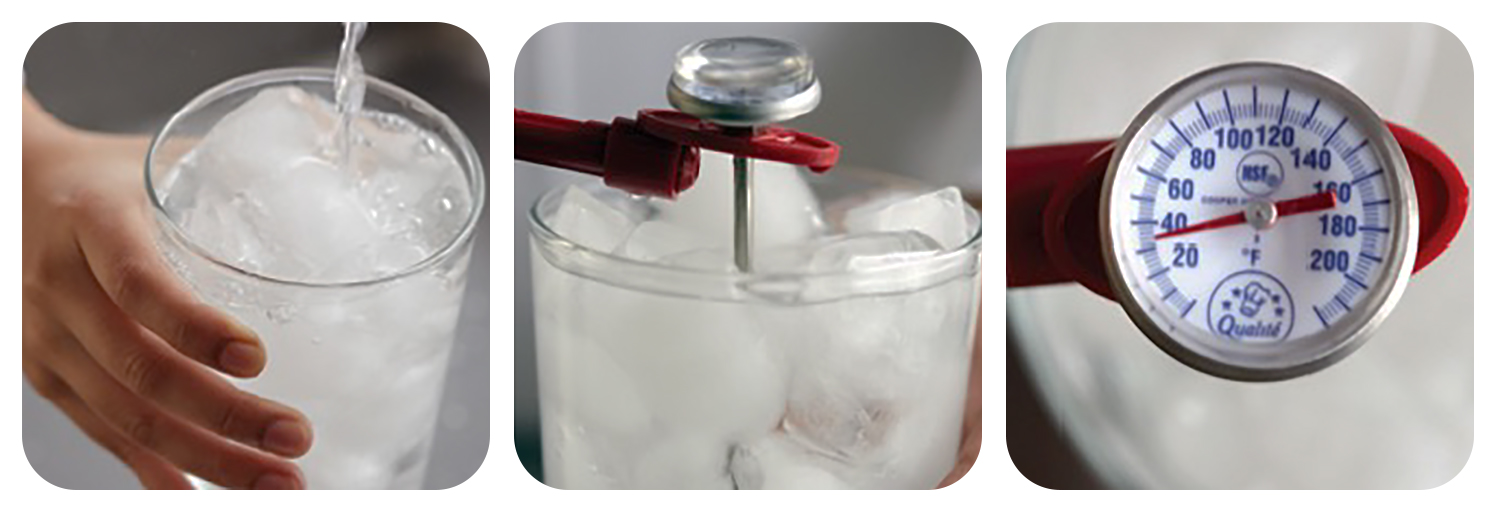
Calibrating A Thermometer
It is recommended to use ice water to calibrate a thermometer by filling a large glass with finely crushed ice and clean tap water. Without removing the stem from the ice, adjust the calibration nut under the dial of the thermometer so the pointer reads 32 degrees Fahrenheit. If using boiling water to calibrate a thermometer, be careful not to burn yourself while adjusting the calibration nut so the pointer reads 212 degrees Fahrenheit.



